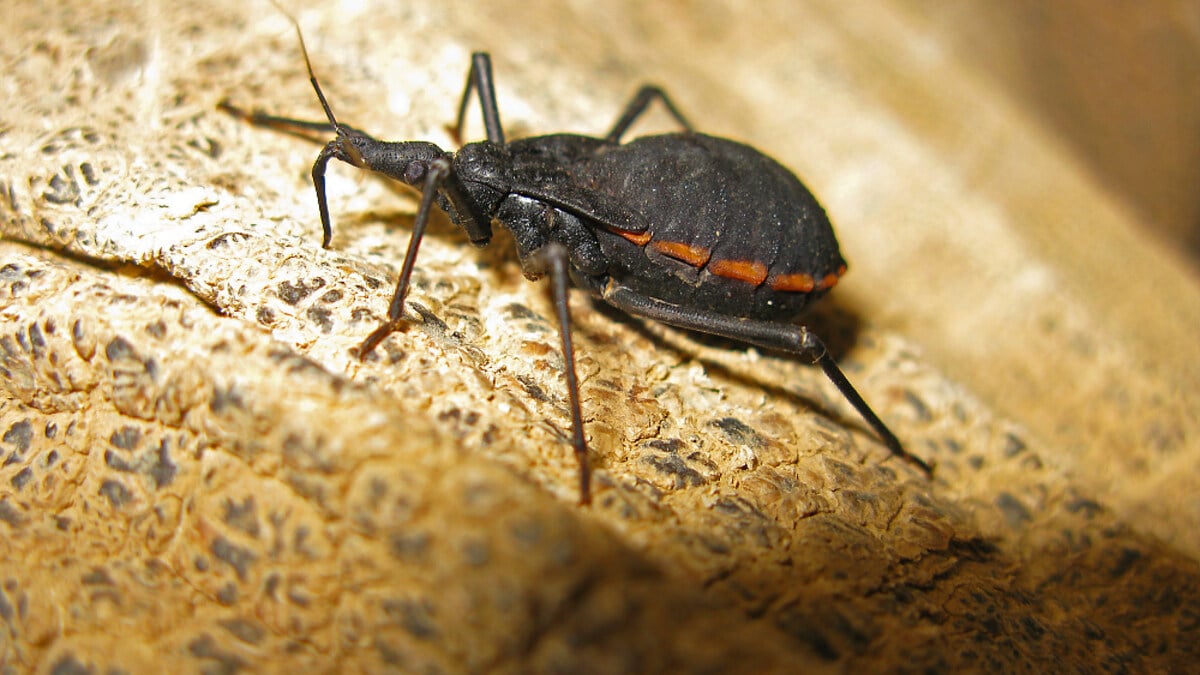Animal research assistant
Killer bugs were first used in Hoyerswerda Zoo.
2 minutes.
The killer bug was set to take blood.
© Photo: Hoyerswerda Zoo
Hoyerswerda. Only four centimeters tall, but still an important research assistant: the killer bug. Last week, a blood sample was taken for the first time from a killer bug at Hoyerswerda Zoo. His patient: the Galapagos giant tortoise Bert.
Blood was taken to check and, most importantly, to determine the species. Killer insects are already used in the zoo world for more than 40 species to detect parasites and for hormone analysis. Genetic evidence of the species has not yet been tested and is now to be tested with Bert’s blood.
Barely noticeable
“It remains to be seen whether the small amount of just under 4 milliliters is sufficient. The vet also took a comparison sample from the two giant tortoises, Bert and Jolante,” explains Eugène Bruins, zoological director of Hoyerswerda Zoo. During the first attempt, two weeks ago, the killer bug didn’t want to sting. Last week, however, conditions were probably ideal. Galapagos giant tortoise Bert sat under the heat lamp and the insect felt comfortable enough with a skin temperature of 27 degrees Celsius to immediately start drawing blood. Whether this way of taking blood is also suitable for genetic research will become clear in the coming weeks.
The sting of the assassin bug is much finer than that of a cannula and, due to the anesthetic saliva, the host does not feel either the sting with the aspirating proboscis or the extraction of blood for up to 20 minutes.
A proven method
A particularly stress-free and pleasant method for the animal, which the zoo would now like to use more frequently if it proves to be effective. The assassin bug Dipetalogaster maxima is the most used species and only during the larval stage does it feed exclusively on blood. After the sucking process, the insect’s blood is drawn from the abdomen using a cannula. Only after four days does the digestive process begin in the insect’s gastrointestinal tract. Until then, the blood is free from impurities. In humans, this variant of blood sampling to identify pathogens has been used for over a hundred years. These killer bugs are found exclusively in Latin America. (afternoon/Jun)


